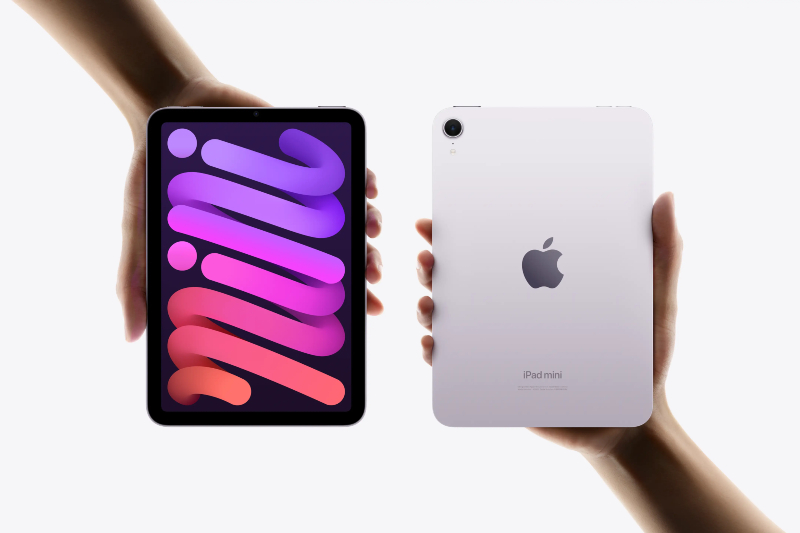Apple has launched the highly awaited 7th generation iPad mini, which offers a notable performance boost compared to the last version. A key feature of the new iPad mini is its A17 Pro chipset, the same robust SoC that powers the iPhone 15 Pro and iPhone 15 Pro Max.
A17 Pro: A Compromised Version in iPad mini 7
Looking deeper, it becomes clear that Apple has used a binned version of the A17 Pro, equipped with a 5-core GPU instead of the 6-core GPU available in the iPhone 15 Pro models. This indicates a clever strategy to utilize slightly less powerful chips for the iPad mini, which allows for cost-effective production.
The iPad mini 7 is designed with a 6-core CPU and a 16-core Neural Engine, matching the core setup of the A17 Pro found in last year’s Pro iPhones. This means users can anticipate similar processing power and AI functions, making it a strong option for multitasking, creative applications, and gaming. The main distinction is the 5-core GPU, which could minimally impact graphics performance, although most users probably won’t perceive this during regular use.
Enhanced RAM and AI Features
Alongside the A17 Pro chipset, the iPad mini 7 also sees an increase in RAM, going from 4GB in the former model to 8GB. This enhancement allows for more fluid multitasking and supports Apple’s new AI-driven features. For fans of the iPad, this represents the most budget-friendly way to explore Apple’s latest machine learning advancements with iOS 18.1.
The binned A17 Pro chipset shows Apple’s ongoing strategy of optimizing production expenses. Chip-binning involves employing components that fail to meet the highest performance criteria for flagship devices but are still usable for other products. In the case of the iPad mini 7, the combination of a 6-core CPU and a 5-core GPU likely comes from production runs that didn’t fulfill the rigorous demands of the iPhone 15 Pro series. Instead of discarding these chips, Apple finds a new use for them, letting the iPad mini benefit from A17 Pro performance at a reduced price.
Design and Availability
This isn’t the first time Apple has made use of chip-binning in its devices. The A15 Bionic in the iPad mini 6 operated at slightly lower clock speeds than its counterpart in the iPhone 13 Pro, and similar variations were observed with the M2 chip in the latest iPad Air models. While some may wish that the iPad mini 7 featured the A18 Pro chipset, this decision likely helps keep its starting price at an appealing $499.
Even with these internal enhancements, the iPad mini 7 retains the same stylish and portable design that loyal fans have come to love. Featuring an 8.3-inch Liquid Retina display, Touch ID, and support for the Apple Pencil Pro, the new model is ideal for anyone looking for a compact yet powerful device for both work and entertainment.
The iPad Mini 7 is now up for pre-order, with an official launch set for October 23. Be sure to check out our latest article to see if upgrading to the iPad Mini 7 is the right decision for you!



Leave a Reply